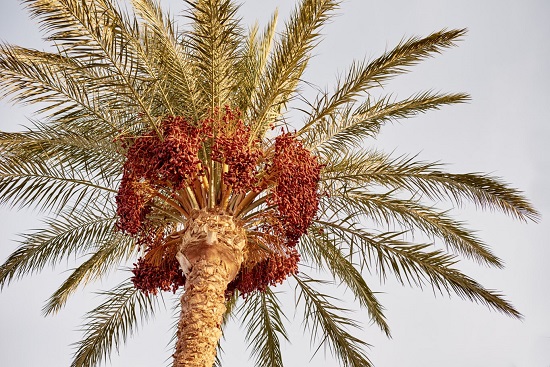Seed survivors
The successful storage of seeds relies on certain aspects of their natural behavior. Imagine what would happen if a seed had a tendency to germinate under any conditions, no matter how cold or dark. They might randomly sprout whilst still in storage, then quickly perish. Or if a seed were not already adapted to remain viable for long periods in the soil, a seed genebank would be unlikely to be successful in storing that species ex situ. Fortunately for us, many plant seeds do have this capacity to survive a long time.
Case study: seed survivors

Perhaps one of the oldest seeds to successfully germinate is a date palm, found in the Masada Fortress archaeological site near the Dead Sea in Israel in the 1960s. The fort was built in about 30 BCE. Three seeds were excavated from this site and planted, and one of them germinated. According to carbon dating, the seeds were two thousand years old.
Another seed survivor is the sacred lotus. Some of these seeds were excavated from a dry lake-bed in China in the 18th century. Two centuries later, some of these seeds, radiocarbon dated as being 1,300 years old, were coaxed to successful germination by British botanists.
You can find out more about these examples of seed longevity in the references in the ‘Useful publications’ section at the end of this module.
So far, the most spectacular examples of seed survival over centuries and millennia have been seeds stored under natural conditions. Gene banking as a modern professional endeavor has only been going for a few decades, so it has a long way to go before it can match these records. However, seed science has revealed predictable aspects that affect seed longevity in storage, and new discoveries continue to improve the longevity of seeds in genebanks. The better you understand these underlying biological processes, the more successful your attempts to store your own seeds will be.
The science of seed storage
